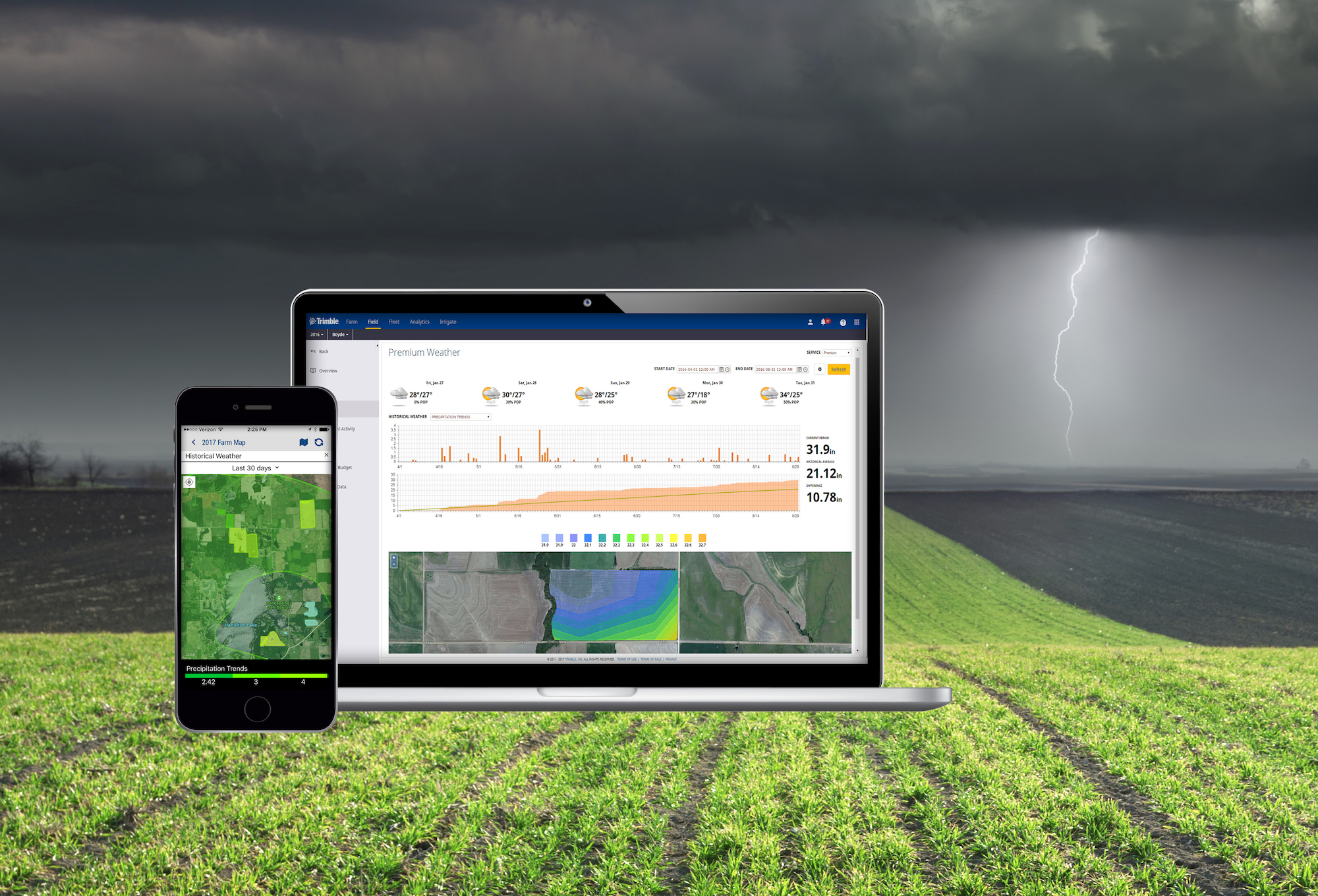How Can I Leverage Weather Data to Maximize Crop Yields?
April 12, 2018

As farmers move further and further into precision management, getting a firm grasp on the areas of their fields that are underperforming becomes vital. Often, this variability involves water.
According to Elston Solberg, a Senior Agri-Coach with the AGRI-TREND network, there are two sources of water: soil water and precipitation. These two sources are equally critical in determining crop yields. However, farmers usually focus on precipitation and don’t pay enough attention to the moisture already in the soil.
Solberg says it typically takes four inches of water to grow the plant (closer to six for corn). Every inch after that amount goes toward adding bushels. How many bushels depends on aspects such as crop type and soil texture. A crucial factor is how closely the grower monitors crop and soil moisture.
In an ideal world, Solberg says farmers would be able to identify yield opportunities and predict yield potential weeks before harvest. Knowing in advance allows the grower to ‘pull triggers’, meaning take actions such as adding inputs or reducing fungicide applications. These are the in-season actions that can lead to big ROI benefits.
Where do I start with using weather data?
- Find historical rain amounts for the growing season.
- Determine crop-available water in the field’s soil.
- Find water-driven yield potential. Here’s that equation: Moisture Driven Yield Potential = Soil Moisture + Historic In-season Precipitation = Total Potential Moisture minus four inches for the plant (six inches for corn) = X leftover. That X amount is what’s used to make bushels depending on crop type, soil texture and crop monitoring.
- Measure rainfall with a rain gauge, weather station, or Trimble Ag Software’s Ag Premium Weather, which provides accumulated rainfall plus the historical average.
- Adjust inputs based on how well water-driven yield potential is tracking to actual precipitation.
At the end of the day, Solberg says farmers will experience measurable results by learning to use weather data — more specifically, soil moisture data, historic precipitation levels, and actual in-season precipitation — to make data-driven in-season decisions to match yield goals to available moisture.
The end result? Better water and nutrient-use efficiency, and higher farm profits.
